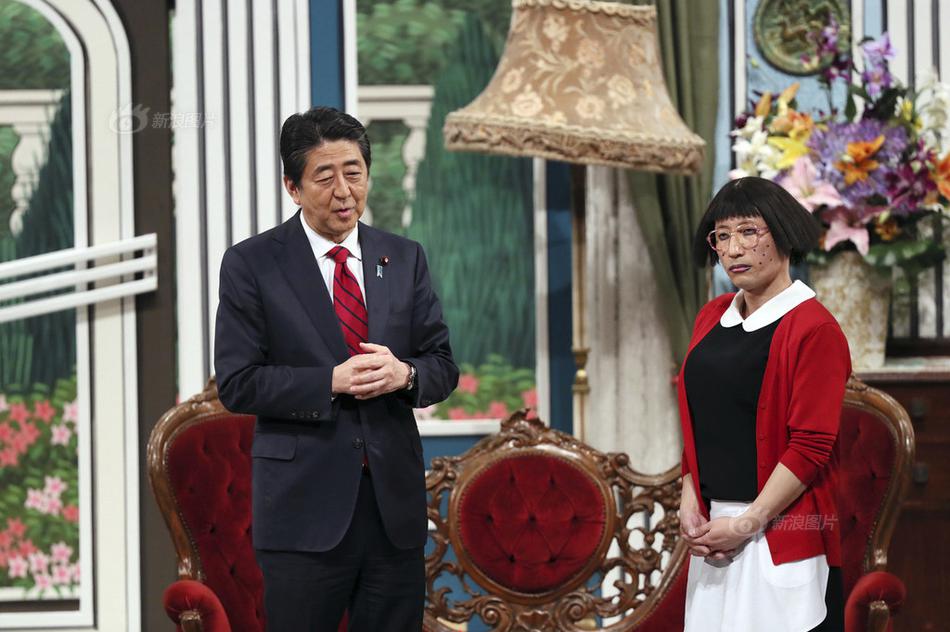【】
Floodwaters from three swollen rivers surged through a Colombian city this weekend, burying homes under an avalanche of mud and rocks.
Aerial survey footage by the Colombian Air Force shows the scale of devastation in Mocoa, the capital of the southwestern Putamayo province.
SEE ALSO:Strange things are happening off the coast of Peru, and thousands are affectedNearly 200 people were killed and another 220 people are feared missing, President Juan Manuel Santos said on early Sunday.
 A handout picture provided by the Colombian Army shows an aerial view of Mocoa, Colombia, April 1, 2017.Credit: HANDOUT/EPA/REX/Shutterstock
A handout picture provided by the Colombian Army shows an aerial view of Mocoa, Colombia, April 1, 2017.Credit: HANDOUT/EPA/REX/ShutterstockUnusually warm waters in the eastern tropical Pacific Ocean have caused heavy, devastating rains from Colombia down to Peru this spring.
In Mocoa, not far from the Ecuador border, the accumulated rainfall on Saturday was almost half the amount the city normally receives in the entire month of March, Santos said.
Heavy rainfall caused the Mulato, Sanguyaco, and Taruca rivers to overflow, triggering a deluge of water and mud in the city of roughly 36,000 people. As residents slept in their beds, a wall of water ripped up homes and trees and washed away cars.
Tweet may have been deleted
The president declared Mocoa a disaster zone on Saturday. In a visit to the devastated city, he also blamed climate change for fueling one of the worst natural disasters in the country's recent history.
The rainy season is just beginning in many parts of Colombia, raising the risk of future catastrophes. Santos urged local and national authorities to redouble their efforts to prepare and respond to such emergencies this spring.
 A Colombian soldier carriers a girl in the flooded city of Mocoa, Colombia, April 1, 2017.Credit: @COL_EJERCITO
A Colombian soldier carriers a girl in the flooded city of Mocoa, Colombia, April 1, 2017.Credit: @COL_EJERCITORescue workers on Sunday continued combing through the muddy aftermath in Mocoa. Authorities said they expect the death toll to rise.
The natural disaster is no doubt one of the worst in the Andean nation's recent history, though Colombia has experienced even more devastating events in the past. In 1985, nearly 25,000 people were killed in the town of Armero after the Nevado de Ruiz volcano erupted and triggered an onslaught of mud and debris.
Video credit: FuerzaAéreaColombian via Storyful
Associated Press contributed reporting.
Featured Video For You
Veteran caught in extreme flooding saved thanks to drone
- 头条新闻
- Pole vaulter claims his penis is not to blame
- Woman attempts cheek kiss with Timothée Chalamet's dad and it ends awkwardly
- Celebrities buy followers on Twitter from impersonated accounts: NYT
- Net neutrality's latest hope: 22 state attorneys general file lawsuit against FCC
- Mom discovers security cameras hacked, kids' bedroom livestreamed
- HQ trivia removes $20 minimum balance to cash out for game winners
- Aziz Ansari skips SAG Awards following sexual misconduct accusation
- Amazon HQ2 list cut down to 20 cities
- Fake news reports from the Newseum are infinitely better than actual news
- Classified Zuma spacecraft may have failed after SpaceX launch
- 图片新闻
- 新闻排行榜








